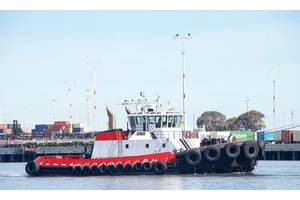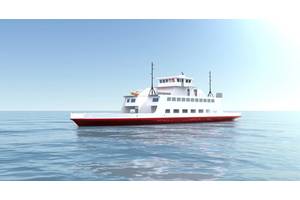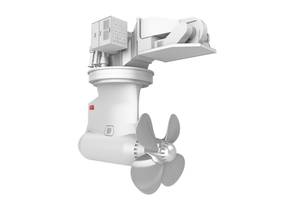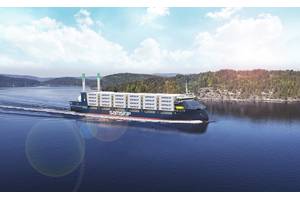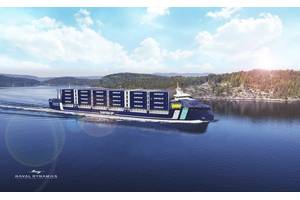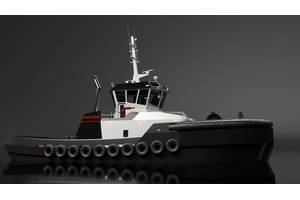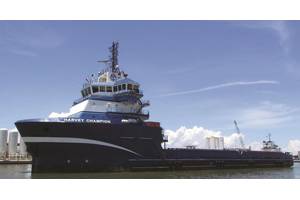VCM for 4-Stroke Diesels
Model: Valve Control ManagementBrand: ABB
Product Specification Listing for Marine Engine VCM for 4-Stroke Diesels
General Overview
The Marine Engine Variable Camshaft Module (VCM) is specifically designed for 4-stroke diesel engines to enhance performance, improve fuel efficiency, and reduce emissions. It leverages advanced technology to offer precise control over camshaft timing, leading to optimized engine operation under varying marine conditions.
Key Specifications
1. Compatibility
- Engine Type: 4-Stroke Diesel Engines
- Marine Applications: Commercial Vessels, Yachts, Fishing Boats, and Naval Ships
- Engine Displacement Range: 2.0L to 20.0L
2. Performance Enhancements
- Power Output Increase: Up to 15%
- Fuel Efficiency Improvement: Up to 10%
- Torque Optimization: Improved low-end torque by up to 20%
3. Technical Features
- Camshaft Phasing Range: -30° to +30°
- Response Time: < 0.1 seconds
- Operational Modes: Multiple engine modes (Cruise, Eco, Power)
- Control System: Fully electronic with real-time adaptive control
- Diagnostics: Built-in self-diagnostic system with CAN bus compatibility
4. Construction & Materials
- Housing Material: Marine-grade aluminum alloy (corrosion-resistant)
- Actuator Type: Electromechanical
- Sealing: IP68-rated, suitable for harsh marine environments
- Temperature Range: -40°C to +120°C
5. Electrical & Connections
- Operating Voltage: 12V / 24V DC
- Current Consumption: 3A (peak), 1A (average)
- Connectivity: Standard marine electrical connectors with waterproof seals
6. Installation & Maintenance
- Mounting: Direct bolt-on to cylinder head
- Installation Time: Approximately 2 hours by a certified technician
- Maintenance Interval: 1000 hours of operation
- Serviceability: Modular design for easy replacement of components
7. Software & Interface
- User Interface: LCD touch screen for configuration and monitoring
- Software Updates: Over-the-air (OTA) updates capability
- Data Logging: Real-time data logging with export options (USB, SD card)
8. Safety & Compliance
- Compliance Standards: Meets IMO Tier III emission standards
- Safety Features: Overheat protection, overload safeguard, failsafe defaults
- Certifications: ABS, DNV-GL, and Lloyd’s Register approved
Optional Accessories
- Remote Control Module: For wireless monitoring and adjustments
- Battery Backup Unit: Ensures continued operation during power outages
- Extended Warranty: Options available for up to 5 years
Packaging & Delivery
- Packaging: Securely packaged in marine-grade protective casing
- Delivery Time: 4-6 weeks from order confirmation
- Shipping Options: Global delivery via air, sea, or land transport
Warranty & Support
- Standard Warranty: 2 years from the date of installation
- Support: 24/7 customer support with dedicated marine engineers
- Training: On-site training available for crew and technicians
For detailed technical manuals, installation guides, or to place an order, please contact our sales department at [email protected] or call +1 (800) 123-4567.
Note: Specifications are subject to change without prior notice. Always refer to the latest technical documents before installation and use.
This product specification listing provides comprehensive details about the Marine Engine VCM for 4-Stroke Diesels, ensuring potential buyers and users have all necessary information to make informed decisions.





